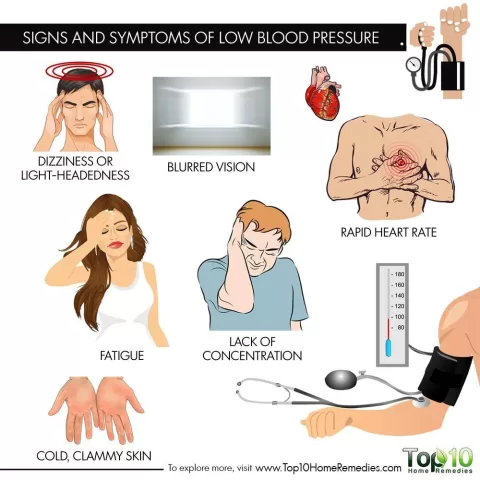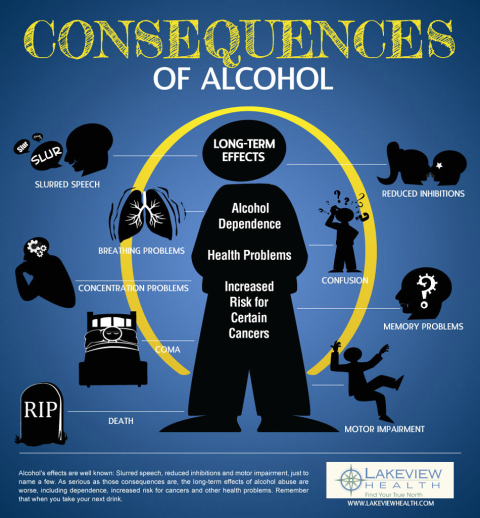Cyanosis is a medical condition that presents as a striking bluish or greyish discoloration of the skin, particularly noticeable in the lips and nail beds, indicating a possible lack of oxygen in the bloodstream. This alarming symptom serves as a warning sign of underlying health issues, often linked to respiratory or cardiovascular complications. Understanding the causes of cyanosis, recognizing its symptoms, and knowing when to seek treatment for cyanosis are essential for prompt medical intervention. In this article, we will delve into the various cyanosis causes, explore the implications of blue skin and lips, and discuss the treatment for cyanosis, especially in vulnerable populations like infants. By raising awareness about cyanosis, we can better equip ourselves to respond effectively to this serious condition.
Cyanosis, often described as a bluish hue of the skin and mucous membranes, signals a critical decrease in blood oxygen levels. This discoloration can arise from multiple conditions affecting respiratory function or blood circulation, leading to varying presentations such as blue skin and lips. In infants, the appearance of cyanosis can be particularly concerning, as it may indicate congenital heart defects or other serious health issues. The symptoms of cyanosis often accompany other alarming signs, making awareness of this condition vital for parents and caregivers. Understanding these alternative terms and expressions can enhance our grasp of the complexities involved in diagnosing and managing cyanosis.
Understanding the Causes of Cyanosis
Cyanosis can stem from a variety of medical conditions, each affecting the body’s oxygen levels differently. Respiratory issues such as asthma, pneumonia, and chronic obstructive pulmonary disease (COPD) are significant contributors. When the lungs cannot effectively exchange oxygen, the blood becomes deoxygenated, leading to the characteristic bluish discoloration observed in cyanosis. This condition often manifests acutely during asthma attacks, highlighting the importance of managing respiratory health effectively.
Cardiovascular diseases are another key factor in the development of cyanosis. Conditions like congenital heart defects and heart failure can prevent oxygen-rich blood from reaching different parts of the body. In some cases, right-to-left shunts allow deoxygenated blood to bypass the lungs entirely, exacerbating the symptoms of cyanosis. Understanding these underlying causes is crucial for timely intervention and treatment.
Recognizing Symptoms of Cyanosis
Identifying the symptoms of cyanosis is essential for early diagnosis and treatment. The most striking symptom is the bluish or greyish discoloration of the skin and mucous membranes, particularly on the lips and nail beds. In infants, cyanosis can be subtle and may present as a greyish hue rather than the classic blue, making it vital for parents and caregivers to be vigilant. Other accompanying symptoms may include shortness of breath, chest pain, and cold extremities, all of which indicate a potential lack of oxygen in the body.
In addition to the visual signs, the presence of cold extremities can signal circulatory issues, further complicating the clinical picture of cyanosis. If these symptoms appear suddenly, it is critical to seek immediate medical attention. The timely recognition of these symptoms can significantly impact the outcomes for individuals experiencing cyanosis.
Treatment Options for Cyanosis
Treating cyanosis typically involves addressing the underlying cause, whether it be respiratory or cardiovascular. For respiratory conditions, therapies may include bronchodilators for asthma, antibiotics for pneumonia, or oxygen therapy to improve oxygen saturation levels. In cases where congenital heart defects are involved, surgical interventions may be necessary to correct blood flow issues, thereby alleviating the symptoms of cyanosis.
In addition to medical treatments, managing environmental factors is also crucial. For instance, individuals prone to cyanosis due to cold exposure should take preventive measures to keep warm, as this can help reduce episodes. Regular check-ups for those with chronic health conditions can ensure that potential complications are caught early, thereby minimizing the risk of cyanosis.
Cyanosis in Infants: A Special Concern
Cyanosis in infants presents unique challenges and is often a sign of serious underlying conditions, such as congenital heart diseases. The appearance of bluish discoloration in a newborn can indicate critical heart defects that require immediate medical attention. Parents and caregivers must be educated about the signs of cyanosis in infants, as early detection can be life-saving.
Healthcare providers emphasize the importance of vigilance in monitoring infants for any signs of blue skin and lips, especially during feeding or crying when oxygen demands are higher. Regular pediatric check-ups play an essential role in identifying potential issues early, ensuring that infants receive the necessary interventions to address any causes of cyanosis swiftly.
When to Seek Medical Attention for Cyanosis
It is crucial to know when to seek medical attention for cyanosis, as the condition can indicate severe underlying health issues. If an individual experiences sudden cyanosis accompanied by shortness of breath, chest pain, or confusion, immediate medical help is essential. Prompt action can mean the difference between a manageable situation and a medical emergency.
In many cases, healthcare professionals will conduct a thorough assessment, including physical examinations and diagnostic tests such as blood gas analysis or imaging studies. Understanding the urgency of symptoms associated with cyanosis can empower individuals to act quickly, ensuring timely treatment and better health outcomes.
Frequently Asked Questions
What are the common causes of cyanosis?
Cyanosis can result from various conditions that lead to insufficient oxygen in the blood. Common causes include respiratory issues like asthma, pneumonia, and hypoxia, cardiovascular diseases such as heart failure and congenital heart defects, circulatory problems that impede blood flow, and even temporary exposure to cold, which can cause blue skin and lips.
What symptoms of cyanosis should I watch for?
The primary symptom of cyanosis is the bluish or greyish discoloration of the skin, especially noticeable on the lips and nail beds. Other accompanying symptoms may include shortness of breath, chest pain, and cold extremities. If cyanosis occurs suddenly with these symptoms, immediate medical attention is crucial.
How is cyanosis treated?
Treatment for cyanosis focuses on addressing the underlying cause. For respiratory issues, medications like bronchodilators may be used, while cardiovascular conditions may require more complex interventions such as surgery. Oxygen therapy can also be administered to alleviate symptoms of cyanosis and improve blood oxygen levels.
What does cyanosis in infants indicate?
Cyanosis in infants, particularly a bluish tint on the skin and lips, may indicate serious conditions such as congenital heart defects or respiratory distress. It is vital for parents and caregivers to seek immediate medical evaluation if they notice signs of cyanosis in newborns to ensure timely diagnosis and treatment.
Can cyanosis be a sign of a serious condition?
Yes, cyanosis is often a sign of serious underlying health issues, particularly related to respiratory or cardiovascular systems. Conditions such as heart failure, severe asthma attacks, or acute lung diseases can lead to cyanosis, indicating a critical need for medical assessment and intervention.
| Aspect | Details |
|---|---|
| Definition | Cyanosis is a bluish or greyish discoloration of skin and lips indicating low oxygen in the blood. |
| Symptoms | Includes skin discoloration, shortness of breath, chest pain, and cold extremities. |
| Common Causes | Respiratory issues (e.g., asthma, pneumonia), cardiovascular diseases (e.g., heart failure), circulatory problems, and exposure to extreme cold. |
| When to Seek Help | Immediate medical help is needed if cyanosis occurs suddenly with difficulty breathing, chest pain, confusion, or rapid heartbeat. |
| Management Insights | Awareness of symptoms, avoiding extreme cold, regular checkups, and educating family can aid in management. |
| Recent Insights | Increased focus on cyanosis in newborns, emphasizing early detection and community education. |
Summary
Cyanosis is a significant clinical indicator of potential oxygen deprivation in the body, often presenting as a bluish or greyish discoloration of the skin and lips. Understanding the causes of cyanosis, which may stem from respiratory or cardiovascular issues, is essential for timely diagnosis and treatment. Recognizing the symptoms, such as shortness of breath and chest pain, is crucial for seeking immediate medical assistance. By being aware of the factors that contribute to cyanosis and maintaining regular health checkups, individuals can take proactive measures to manage their health effectively.
The content provided on this blog (e.g., symptom descriptions, health tips, or general advice) is for informational purposes only and is not a substitute for professional medical advice, diagnosis, or treatment. Always seek the guidance of your physician or other qualified healthcare provider with any questions you may have regarding a medical condition. Never disregard professional medical advice or delay seeking it because of something you have read on this website. If you believe you may have a medical emergency, call your doctor or emergency services immediately. Reliance on any information provided by this blog is solely at your own risk.








